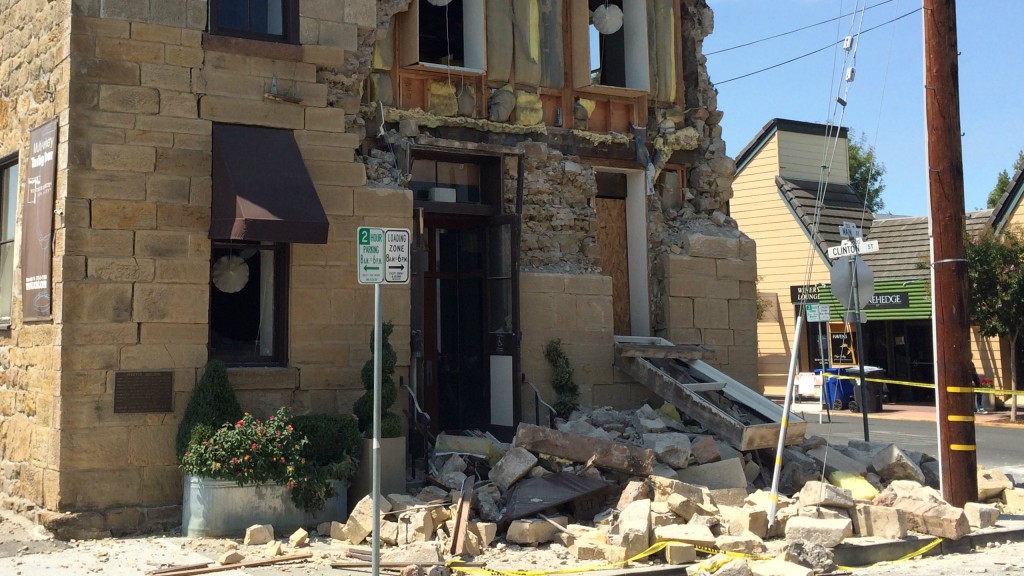
A review of damage from last August’s South Napa Earthquake confirms at least one piece of conventional wisdom: seismic retrofitting older buildings is a good idea.
The message is driven home in a new report from the U.S. Geological Survey, which shows many of the structures damaged by last summer’s quake were built before 1950.
The magnitude-6 quake was the Bay Area’s worst since 1989, injuring about 200 people. Afterward engineers barred access to 165 buildings with red tags and placed limited-access yellow-tag restrictions on 1,707 others, many of older construction. Geophysicist Jack Boatwright says it should serve as a warning to reinforce such buildings, but he worries that not enough people are listening: “I guess we’ve got to put on the witch-doctor mask and do the boogaloo,” he said.
Retrofitting the foundation on an older house might cost a few thousand dollars, and save 100 times that amount whenever the next earthquake hits, Boatwright says. He also found that much of the damage in Napa centered over a sedimentary basin – a kind of geologic jelly bowl that can amplify movement.
“It actually traps the energy,” he said. “Somebody in downtown Napa’s experience of how long the shaking went on would’ve been 10, 15, maybe 20 seconds more than somebody who was up on the hill outside of Napa,” on hard rock.
